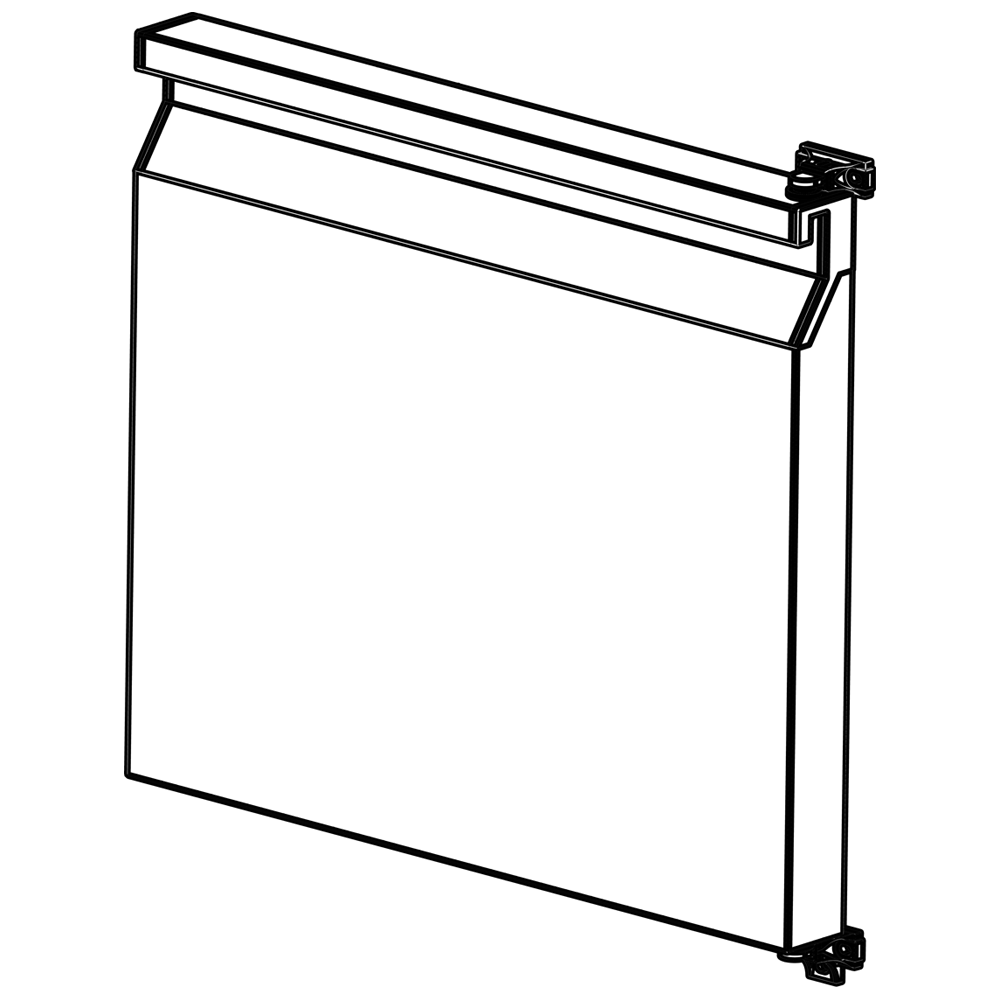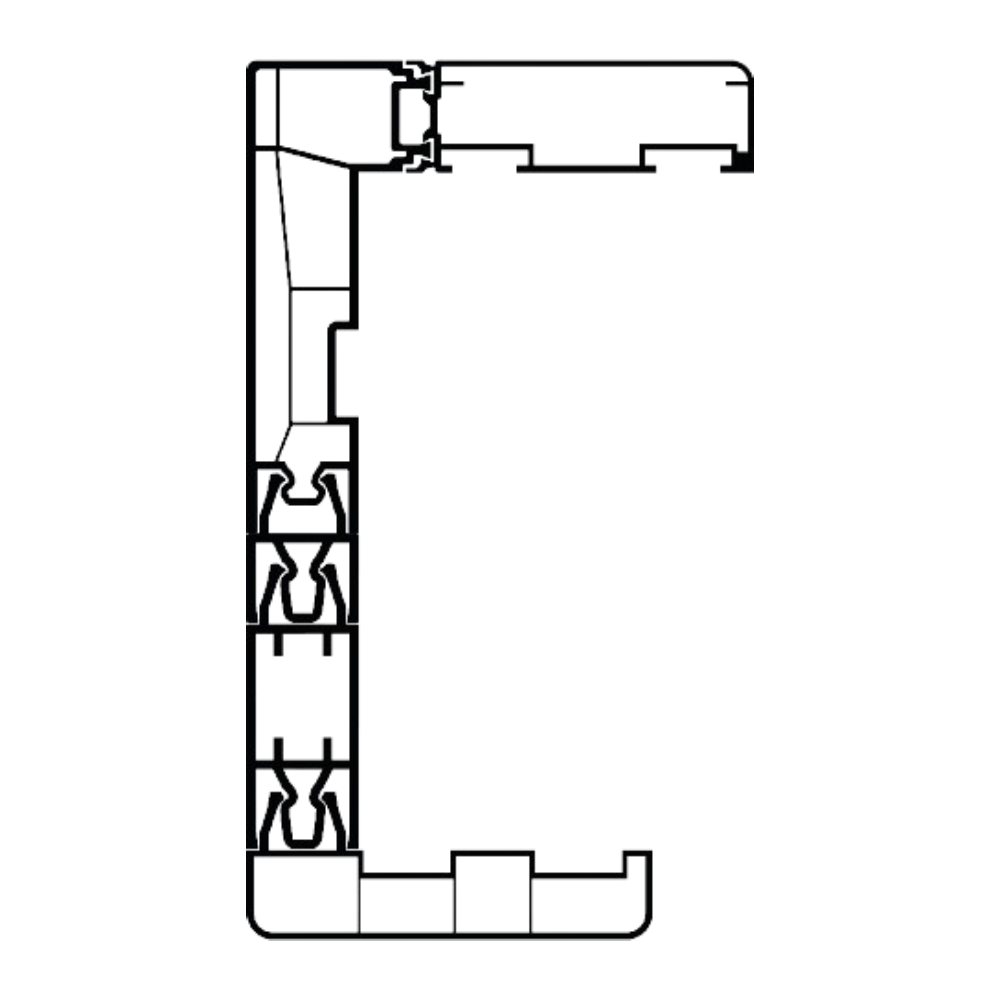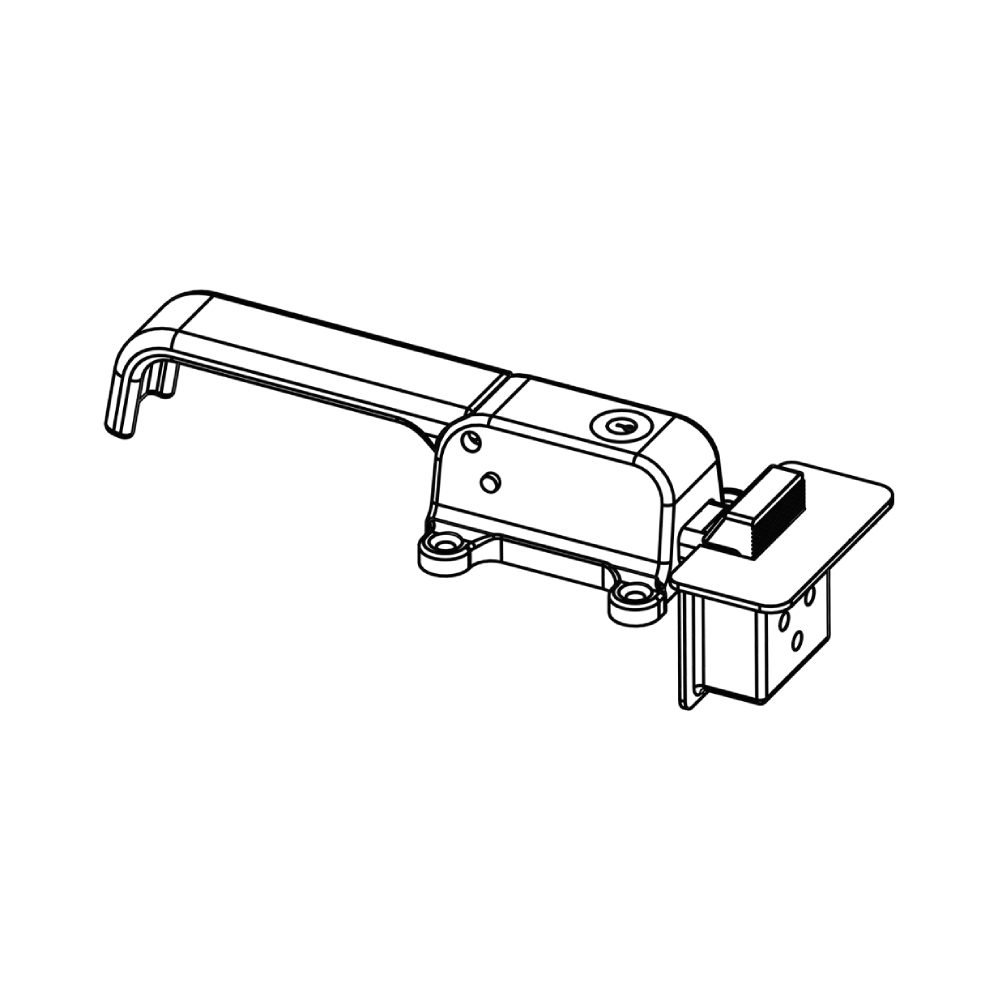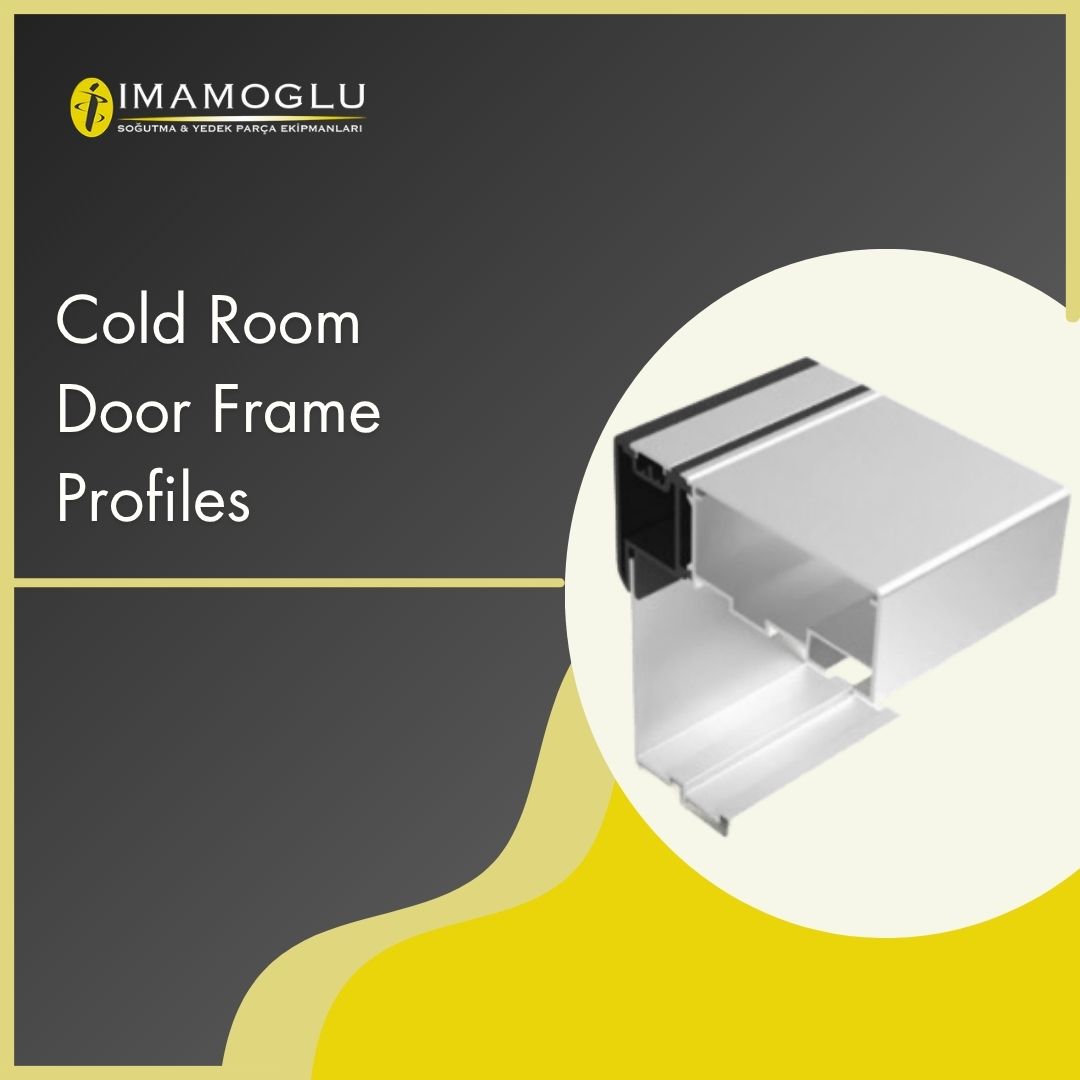Cold Room Door Frame Profiles
Definition and Purpose of Door Frame Profiles
Cold room door frame profiles are specially designed components that form the frame and edge structures of doors used in cold storage facilities, industrial refrigeration units, and similar environments. These profiles support both the aesthetic and functional features of the doors. In cold rooms, maintaining low internal temperatures, preventing energy loss, and blocking external factors such as humidity, dust, or heat are of critical importance. Door frame profiles provide sealing, insulation, and durability for these purposes.
These profiles are typically made from materials such as aluminum, PVC, or stainless steel and are designed to be compatible with various door types (sliding, hinged, service doors) and panel thicknesses. For example, profiles suitable for panel thicknesses ranging from 60 mm to 200 mm can be customized to meet the needs of cold rooms.
Technical Specifications and Performance
Cold room door frame profiles are specifically developed to meet the requirements of high-performance refrigeration systems. Their main technical features include:
- Thermal Insulation Capacity: Profiles are designed to prevent thermal bridging, featuring thermal insulation. Double-seal systems minimize energy loss.
- Corrosion Resistance: Materials like aluminum and stainless steel offer long-term durability in humid and cold environments. PVC profiles are cost-effective and resistant to corrosion.
- Air and Moisture Sealing: Special gaskets and tight connection mechanisms prevent air leakage, ensuring a hygienic environment.
- Flexible Design: Manufactured to be compatible with various door types and panel thicknesses, offering a wide range of applications.
- Quick Installation: Profiles are easily installed with special connection components, reducing setup time.
Industrial Applications
Cold room door frame profiles play a critical role in various industries. Key application areas include:
- Food Storage and Processing: In cold rooms used for storing fresh, frozen, or shock-frozen food products, door frame profiles provide sealing and insulation.
- Medical and Pharmaceutical Storage: Vaccines, medications, and other sensitive medical products require stable temperature conditions. Door frame profiles are effective in maintaining these conditions.
- Cold Chain Logistics: Door frame profiles are widely used in cold rooms to keep products at low temperatures during transportation and storage.
- Commercial Kitchens and Supermarkets: Cold rooms in restaurants, hotels, and supermarkets are often equipped with service doors that utilize door frame profiles.
Benefits Provided
Cold room door frame profiles offer versatile benefits to businesses and users:
- Energy Cost Savings: High insulation performance reduces the energy consumption of refrigeration systems, lowering operating costs.
- Long-Lasting Use: Durable materials ensure reliable performance for years, even in harsh conditions.
- Hygiene and Easy Cleaning: Smooth surfaces facilitate easy cleaning and support hygiene standards in the food or pharmaceutical industries.
- Visual Appeal: Modern designs ensure cold rooms look professional and organized.
- Customization Options: Project-specific color, size, and material options provide flexible solutions.
Production Process and Material Preferences
The production of cold room door frame profiles requires meticulous engineering. The production process typically includes the following stages:
- Project Analysis and Design: The profile design is tailored based on door type, panel thickness, and insulation needs.
- Material Selection: Materials such as aluminum, PVC, or stainless steel are chosen. Aluminum is popular for its lightweight and strength, while PVC offers cost advantages.
- Forming and Processing: Profiles are manufactured using extrusion or molding techniques. Special gaskets and air channels are added for thermal insulation designs.
- Surface Coating: Profiles are coated with anodized finishes, polyester paint, or PVC for corrosion protection and aesthetics.
- Testing and Quality Control: Profiles undergo sealing, insulation, and durability tests to ensure compliance with standards.
Material selection is determined by the intended use of the profile. For instance, stainless steel is preferred in high-humidity environments, while PVC is suitable for lighter applications.
Types of Door Frame Profiles
Cold room door frame profiles vary depending on door types and requirements:
- Sliding Door Frames: Profiles integrated with rail systems for sliding doors used in large cold rooms provide high sealing performance.
- Hinged Door Frames: Designed for small and medium-sized cold rooms, offering easy installation.
- Service Door Frames: Lightweight and practical profiles are used for industrial kitchens and supermarkets.
- Custom Profiles: Tailored to specific project dimensions and requirements, offering flexible solutions.
Installation and Maintenance Recommendations
Proper installation and regular maintenance of door frame profiles ensure long-term performance. Key recommendations include:
- Precise Measurement: Door and panel dimensions must be accurately calculated for profile selection. Incorrect measurements can lead to insulation issues.
- Professional Installation: Profiles should be installed by expert teams using specialized connection components.
- Periodic Cleaning: Profile surfaces should be regularly cleaned to prevent moisture and dirt buildup.
- Accessory Checks: Gaskets, rails, and other accessories should be inspected regularly and replaced if necessary.
Production and Supply in Turkey
Turkey has a robust industry for producing cold room door frame profiles. İmamoğlu Soğutma offers a wide range of aluminum and PVC door frame profiles, providing high-quality solutions for both local and international markets. Their products are showcased in detailed catalogs.
Innovative Trends and Future Perspectives
Cold room door frame profiles are continuously evolving with technological advancements. Future innovations include:
- Automated System Integration: Sensor-equipped profiles enable automatic door opening and closing, enhancing energy efficiency.
- Eco-Friendly Production: Recyclable materials will contribute to sustainability goals.
- Advanced Insulation Solutions: Next-generation gaskets and thermal barriers can further optimize energy efficiency.
Cold room door frame profiles are a cornerstone of industrial refrigeration systems. With benefits like energy efficiency, hygiene, and durability, they are indispensable in industries such as food, pharmaceuticals, and logistics. Proper material selection, professional installation, and regular maintenance enhance the effectiveness of these profiles. Turkish manufacturers offer high-quality, customizable solutions that meet global standards. Future technological innovations promise even more efficient and eco-friendly solutions.








